New experiments reveal graphene’s exotic phonon spectrum with unprecedented detail and completeness.
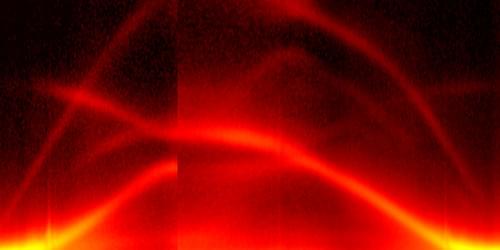

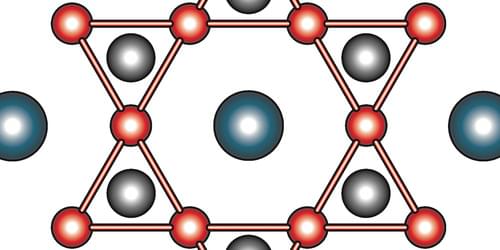
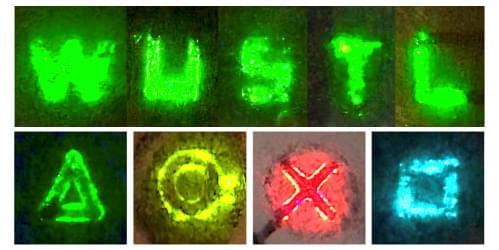
Using a ballpoint pen filled with specially formulated inks, scientists have designed LEDs that can be drawn on everyday materials.
Even in our digital age, ballpoint pens are an irreplaceable tool for writing down flashes of inspiration or signing legally binding documents. The ink flowing through these everyday objects has always been a passive absorber of light, but Junyi Zhao from Washington University in St. Louis and colleagues have now changed that [1]. The team has designed a ballpoint pen that writes with ink that produces light as a light emitting diode (LED).
LEDs are used in everything from TV screens to lightbulbs. They are often made using highly tunable semiconducting materials called halide perovskites. However, these devices have traditionally been time and energy intensive to fabricate, and they do not easily adhere to nonuniform substrates, such as fabric and plastic.

An insect-sized robot powered by tiny explosions can crawl, leap and carry a load many times its own weight.
The robot, developed by materials engineer Robert Shepherd at Cornell University in Ithaca, New York, his PhD student Cameron Aubin and their colleagues, is powered by tiny actuators. “The actuator kind of looks like a drum. It’s a hollow cylinder with an elastomeric silicone rubber on the top,” says Aubin.
The researchers used four actuators to drive the robot’s feet. To make the robot jump or crawl, a stream of methane and oxygen is fed into each foot and sparked with electricity from a battery. The resulting reaction between the gases to form water and carbon dioxide releases energy as a small explosion, causing the rubber layer to deform. “That acts sort of like a piston,” Aubin says.

A group of authors led by Pulitzer Prize winner Michael Chabon has filed suit against Meta and OpenAI in federal court in San Francisco. Another, you might rightfully ask.
The allegations are the same as in the pending lawsuits: direct and vicarious copyright infringement, removal of copyright information, unfair competition, and negligence.
The authors allege that their copyrighted works have been included in the training material of the respective AI systems without authorization, specifically in the so-called book datasets.
Inspired by the flexible joints of humans, the scientists from the University of Science and Technology of China (USTC), of the Chinese Academy of Science, led by Prof. Wu Dong, proposed a two-in-one multi-material laser writing strategy that creates the joints from temperature-sensitive hydrogels as well as metal nanoparticles.
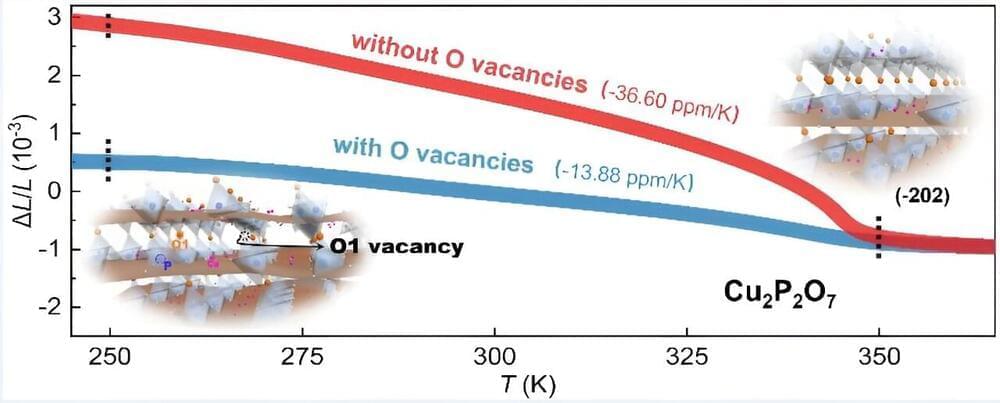
Recently, a research group led by Prof. Peng Tong from Hefei Institutes of Physical Science (HFIPS), Chinese Academy of Sciences (CAS), significantly improved the negative thermal expansion (NTE) effect of Cu2P2O7, a new but excellent NTE material, and prepared a zero thermal expansion (ZTE) Cu2P2O7/2024Al composite with high specific thermal conductivity and good machinability.
The research results were published in Journal of Materials Science & Technology and Ceramics International.
With the advancement of high-tech fields, it is not possible to adjust the dimensions of precision equipment. However, thermal expansion with temperature is a fundamental property of many regularly used materials that is difficult to control. Combining NTE materials with ordinary positive thermal expansion materials is an efficient way to produce ZTE materials.

Right in time for spooky season, scientists have discovered the existence of something called the “demon” particle. While the name of the material may strike terror in some, its discovery is actually far less sinister. Hidden from researchers for over seven decades, the “composite” of electrons was recently discovered according to a new study published in Nature.
“Demons have been theoretically conjectured for a long time, but experimentalists never studied them,” paper senior author Peter Abbamonte said in the study. “In fact, we weren’t even looking for it. But it turned out we were doing exactly the right thing, and we found it.”
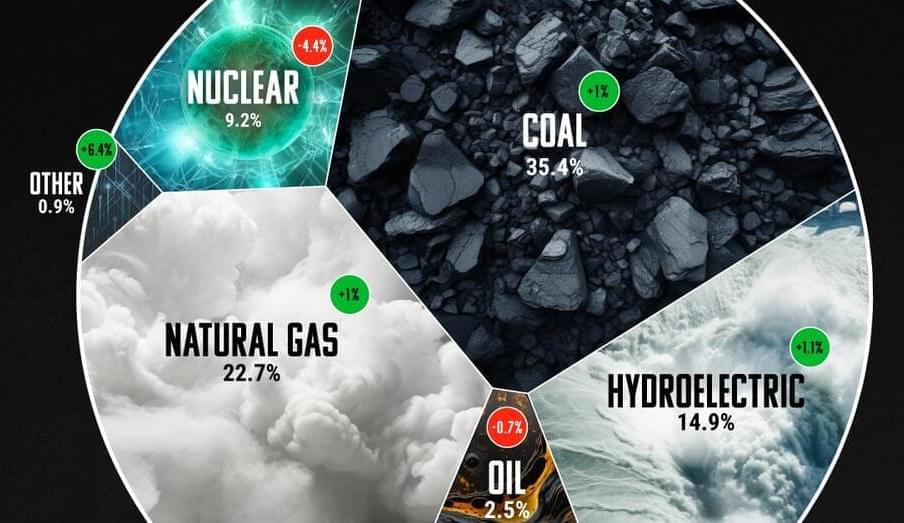
From VC Elements—bridging the gap between global trends shaping our future, and the raw materials powering them ⚡️.
Coal is Still King
Coal still leads the charge when it comes to electricity, representing 35.4% of global power generation in 2022, followed by natural gas at 22.7%, and hydroelectric at 14.9%.

Apple’s iPhone 15 launched at the company’s fall event today, and I got to spend some time with the new smartphone. It didn’t get the flashy new titanium of the iPhone 15 Pro that Brian checked out, but it does have a new design that includes softer, more rounded edges and the introduction the Dynamic Island to a non-Pro phone for the first time.
The iPhone 15 is actually very impressive in the looks department. Apple went into details about all the material science magic it put into the new colored glass and anodized aluminum used in the cases during its presentation. The ultimate effect, and all most people need to care about, is that they look really good, like candy-colored confections in muted but fun tones.